I am looking to read the value that is located in address 302H. The purpose is to read an input from hardware (a part of a 104pc stack). When I run the following code a get this error: Unhandled exception at 0x004134b9 in setOutput.exe: 0xC0000005: Access violation reading location 0x00000302.
#include <stdlib.h>
#define PORTBASE 0x302
int _tmain(int argc, char *argv[])
{
int value;
int volatile * port = (int *) PORTBASE;
printf("port = %d\n", port);
value = *port;
printf("port value = %d\n", value);
}
EDIT:
I am running this under widows xp. Only Documentation I can find on the board is below
EDIT:
From your answers below, I can see that I need to write a driver for the board. Can someone point me to a resource on how to do so?